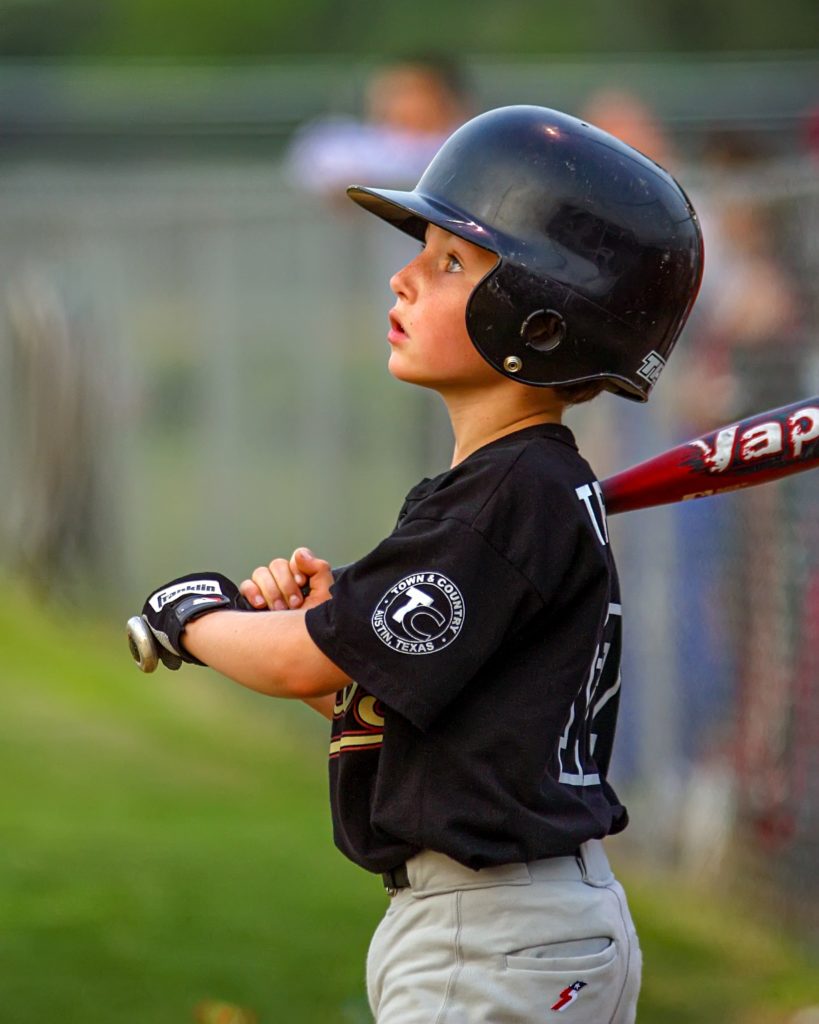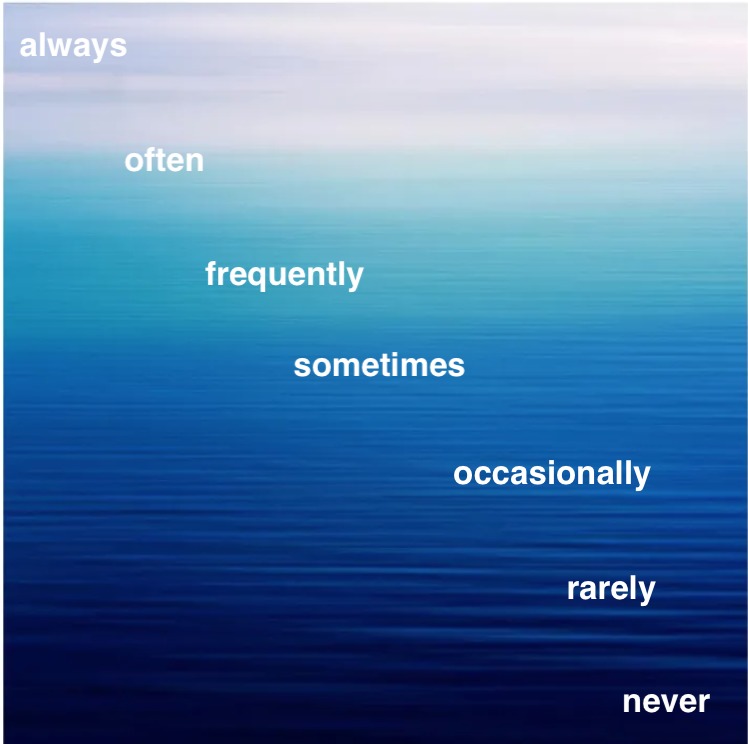
We (all stakeholders: parents, grandparents, other family members, caregivers, camp counselors, etc.) need to keep children’s ‘learning faucets’ flowing all summer long, especially to keep our kids’ language comprehension strong and even to improve it.
If you read my last blog post, you learned about the importance of mindfulness/discussion/reflection in terms of family wellbeing, as well as the Simple View of Reading and how that is reflected in the first part of Scarborough’s Reading Rope. I shared the webinar I recently conducted to help families, offering numerous resources to help your children with their literacy journeys.
The second part of Scarborough’s Reading Rope has to do with Language Comprehension, which is far more strategic than the first part of the Reading Rope, and continues to develop well into secondary education experiences–that is in high school–and throughout a reader’s lifespan! I say this from personal experience. How many of you think you are better readers now than you were even a few days, months, or years ago? I say this because for all of us, the more we read, the more we learn, inclusive of new vocabulary and background knowledge on various topics.
Today, I will review engaging activities you can do at home to promote several of the Language Comprehension strands of the Reading Rope, which correspond to roughly the second part of the webinar (beginning at minute 32 and continuing to minute 47). Woven together with the Decoding (or Word Recognition) strands of the rope, your children will have the ability to become skilled, proficient readers. That said, they will be in a better position to optimize their educational experiences.
I will add several strategies for you to incorporate as well.
FOCUS ON BACKGROUND KNOWLEDGE
Improving children’s Background Knowledge is so very important since it helps readers connect what they already know about a topic to information they will learn about new topics. In turn, this helps children make more sense out of the text they read.
It does not matter what topics you wish to include, but start by selecting topics familiar to your children/students and then try to keep reading and learning about that particular topic.

For example, if your child(ren)/student(s) like baseball, read about the rules of the game, go to a baseball game (even local Little League ‘counts’), watch a game remotely, watch movies about baseball (‘A League of Their Own’, ‘The Sandlot’, ‘The Jackie Robinson Story’, ‘Field of Dreams’ to name a few), and even walk around a sporting goods store to help your young ones learn about the equipment needed to play the game. The more exposure, the more children take in and learn. Don’t forget to talk up all the information!!
While you are at it, listen to podcasts about baseball (click here and here for a couple of options–the second option provides a list of the best podcasts to follow for anyone!), and depending on your child(ren)’s/student(s)’ ages and reading abilities, go ahead and try to find some children’s reading series about baseball. For example, Matt Christopher books come to mind for elementary aged students, as well as this list of baseball books recommended for middle school readers.
Then, it’s always beneficial for children to keep up with baseball news. A great free website is Newsela, which actually provides enough reading material on multiple reading levels and topics to keep everyone busy! Listening to audiobooks as a family provides a great springboard for discussion about new things learned about a particular topic. I used to insist on listening to books on road trips with my own kids. Even if they said, “I’m not listening”, I didn’t believe them—trust me, they were listening and taking something in.
Once you and your child(ren)/student(s) have satisfied the topic of baseball, move on to another topic related to baseball, such as a different sport or perhaps the Tokyo Olympics. This way, you can continue building Background Knowledge and make it ‘stick’.
FOCUS ON VOCABULARY
This is a BIGGIE! Think about it…after all, the more words a reader knows, the better sense of the text the reader can make of it, as well as improved use of context (figuring out unknown words based upon the words around the unknown word). Alternatively, if a reader has a relatively weaker vocabulary, it makes it hard for that reader to develop reading fluency or use context, and diminishes the comprehension of the text.

When you, as the adult in the room, read with your child(ren)/student(s), try to anticipate unknown vocabulary words. Be sure to ‘check-in’ with kids to be sure they understand the word–sometimes, even adults need to look these words up! For example, authors such as Lois Lowry (The Giver) use specific, targeted vocabulary words over and over again throughout their novels so that students thoroughly learn their meanings and usages. Here is an example of how Lowry teaches her readers the word ‘apprehensive’. Note Lowry’s use of the word multiple times, even stating that it is “the appropriate descriptive word”, and using words and phrases such as ‘worry’, ‘concerned’, ‘awed’, and ‘her eyes wide’.
Jonas sighed. This evening he almost would have preferred to keep his feelings hidden. But it was, of course, against the rules.
“I’m feeling apprehensive,” he confessed, glad that the appropriate descriptive word had finally come to him.
“Why is that, son?” His father looked concerned.
“I know there’s really nothing to worry about,” Jonas explained, “and that every adult has been through it. I know you have, Father, and you too, Mother. But it’s the Ceremony that I’m apprehensive about. It’s almost December.”
Lily looks up, her eyes wide. “The Ceremony of Twelve,” she whispered in an awed voice. Even the smallest children–Lily’s age and younger–knew that it lay in the future for each of them.
The GIVER by Lois Lowry
I think it is perfectly fine to model how you as an adult approach unknown words. After all, can we know every single word, inclusive of its nuances, multiple-meanings, connotations (tone)? It is far better to model these behaviors instead of omitting the word and/or guessing the meaning, which is exactly what many children do when faced with an unknown word. Using the quote above, modeling how to figure out unknown words followed by looking the unknown words up on whatever device (or book) you use can be invaluable.
The Decoding strand on the first part of the rope is so important. If your child(ren)/student(s) are in the process of decoding a word, and then simultaneously recognize it as a familiar word in their lexicon, or vocabulary, it makes that word easier to learn and recall it when reading it in the future.
The wonderful Bringing Words to Life offers a solid conceptual framework for thinking about vocabulary words, as well as ways to teach vocabulary to children. Be sure, parents, that you are teaching what Isabel Beck refers to as ‘Tier 1’ words; these words are typically learned simply from environmental exposure (for example: bed, breakfast, frying pan, etc.). ‘Tier 2’ words are those which occur frequently in the school environment, as well as those found in literature–these are the words most important to directly teach to our children. Examples include: question, comment, reality, admit, etc.). The criteria for these Tier 2 words include: importance and utility (words that appear frequently across many subject areas and characterize mature language users), instructional potential (words that can be worked on in a variety of ways and have many connections to other words/concepts), and conceptual understanding (words students have a general conceptual understanding, but are in need of fine tuning for specific precision in terms of defining a concept). Finally, ‘Tier 3’ words are those words which are not as frequently used and are known as ‘content area’ words in subject such as science, social studies or mathematics (for example: photosynthesis, quotient, revolution). Beck et.al. recommends children learn these words in an academic setting as part of the content area instruction. My best advice: be sure your child(ren) learn those Tier 1 words and teach as many Tier 2 words as you can.
Click here and here for more resources you can use to expand your child(ren)’s/student(s)’ vocabularies from ages Preschool through Grade 5 and perhaps even for older kids who may need vocabulary work.
How to do this?
–Take your kids around your home and be sure they know the names of various items in each room (I’ve had many students who were unable to name basic kitchen items, tools, etc.)
–Look in your refrigerator and pantry to be sure kids know the names of food items and can categorize them (fruits, vegetables, dairy, etc.); taking kids to the grocery store is also time well spent! It might end up being more expensive, but it is worth it!
–Play WORD GAMES such as Banagrams, Boggle, Scrabble, Free Rice, and old fashioned, but not politically correct Hangman (check the Favorite Resources Section of my website!).
–Play MEMORY (there are a lot of different types of Memory games out there; you can even make your own using vocabulary words with corresponding images)
–For older kids, using M-W Word a Day Calendars works like a charm; once a word is learned, kids can perhaps provide synonyms and antonyms for a given word, as well as provide quizzes, and even more activities to learn more about how ‘words work’.
–Books such as Richard Lederer’s Pun and Games offers many activities including Hink Pinks, Hinky Pinkys, and Hinkity Pinkitys
–Most important: try to make CONNECTIONS between the vocabulary words you teach. Let’s get back to baseball. So if you teach a word such as ‘pitcher’, be sure to show your child(ren)/student(s) a picture of a baseball pitcher, as well as a water pitcher, as well as discussing and talking about what the pitcher does, the ‘catcher’, and the ‘hitter’ (who is ‘up at bat’). This can then lead to a discussion of strikes, balls, a ‘walk’, fastball/curveball, left-handed, right-handed, etc. Some words lend themselves better to a ‘shades of meaning’ approach, such as the temporal concepts of ‘always’ and ‘never’. Many words can be placed along a continuum as you can see.

Try creating what I call “Shades of Meaning” templates using just a picture to the right or a rainbow.
Simply select word pairs lending themselves to various ‘shades’ of meaning such as the pair ‘always/never’. Then challenge your younger ones to come up with words that could be used to describe situations, well, ‘in-between’. This type of activity lends itself to various word categories. Other examples could include: sunny/raining, hot/cold, whisper/shout, stationary/run, etc. etc.
SEVERAL STRATEGIES TO IMPLEMENT
…from Part 1:
#1 Make it FUN! Talk, sing, dance with your children as much as possible. Gamelike practice is preferred, especially when working on Phonological Awareness.
#2 Give your child(ren)/student(s) a choice when possible. Allow them to select books, even if they wish to read graphic novels or nonfiction. It’s all good.
#3 Set reading goals with your child(ren)/student(s)–number of minutes, number of pages/day, reading aloud together, etc. Take the lead!
#4 Make it a habit/routine and check-in with your child(ren)/student(s)
…new Part 2 Strategies:
#5 Pick a theme and run with it!!
#6 Include Informational Texts/Podcasts, Graphic Novels, Children’s Series, Audio Books
#7 Try to use 3 NEW VOCABULARY WORDS per day and make a conscious effort to repeat them regularly. You will feel so good when you hear your child(ren)/student(s) beginning to USE these words in their oral language!
I will finish up the second group of Language Comprehension strands next time around.
“PARENTS are in an optimal place to support and build upon
these strands of the Reading Rope:
TALK, READ, and SHARE EXPERIENCES with your children as much as possible!”
“Use Read Alouds K-2 to foster Background Knowledge and Vocabulary, but continue
reading aloud with kids at all ages!”
